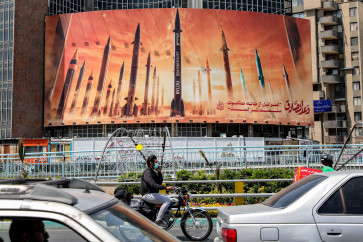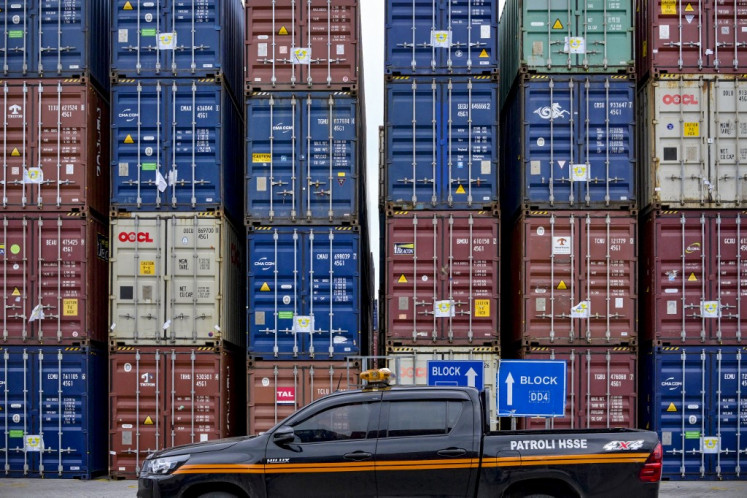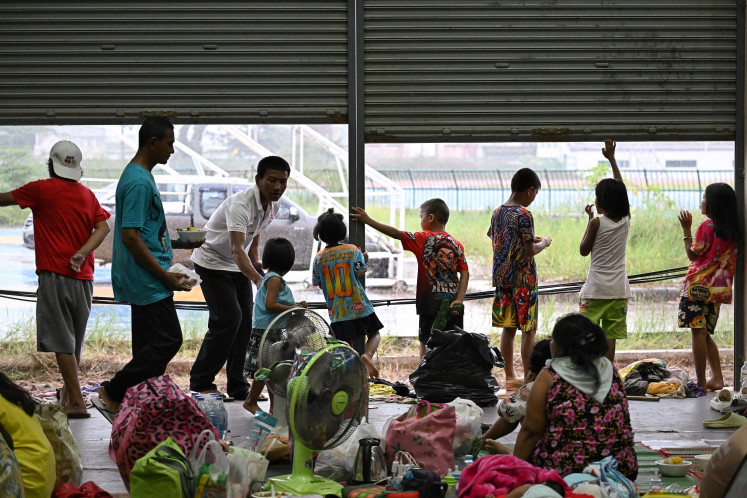Popular Reads
Top Results
Can't find what you're looking for?
View all search resultsPopular Reads
Top Results
Can't find what you're looking for?
View all search resultsUNDP - Bappenas report shows regional development uneven
Wide social and economic disparities between regions across Indonesia remains a serious hindrance to development, a new report on regional development for the 2004-2007 period says
Change text size
Gift Premium Articles
to Anyone
Wide social and economic disparities between regions across Indonesia remains a serious hindrance to development, a new report on regional development for the 2004-2007 period says.
These gaps were indicated by, among other things, different levels of prosperity and the uneven development of infrastructure, the National Development Planning Board (Bappenas) and United Nations Development Program (UNDP) joint report said.
Indonesia's poverty levels rose 1.8 percent (equivalent to an additional 4.2 million people) in 2006 due to the fuel price increase in the previous year. The total population of poor people stood at 39.3 million that year.
However, in 2007 the poverty level fell by 1.2 percent (2.13 million people), bringing the total poor population to 37.17 million -- about 16 percent of the total population (224.9 million).
Between 2004 and 2007, poverty surged mainly in eight provinces including North Sulawesi with 2.5 percent, Papua with 2.1 percent, West Java with 1.5 percent and Jakarta and West Sumatra with 1.4 percent each.
Poverty is still concentrated in rural areas, with 68 percent of underprivileged people living in villages across the country in 2004, and 63 percent in 2007.
The Central Statistics Agency describe people living in poverty as those who can only afford to buy 2,100 calories (or less) per day.
The poorest people in Jakarta lived on Rp 237,735 per month in 2005. This amount increased to Rp 266,874 in 2007, while in East Nusa Tenggara the have-nots lived on Rp 98,263 per month in 2005 and Rp 126,389 in 2007.
High poverty levels remain a major challenge for autonomous regional administrations in their bid to improve people's wellbeing, the report said.
The report recommended improvements in pro-poor social and economic programs and access to basic services for the underprivileged.
On unemployment, the report said, the percentage of jobless people had decreased slightly from 9.86 percent in 2004, to 9.11 percent of the population (10.01 million people) in 2007.
The highest unemployment rates were found in Banten, West Java, Jakarta, North Sulawesi and Maluku.
Limited formal jobs which accounted for only 36.9 percent of all recorded job opportunities, and low worker competency, were core issues in the country's manpower sector.
In the report, Bappenas and UNDP called on the government to formulate policies that support economic growth and investment, which would later employ large numbers of workers while improving workers' skills.
Health access was also not evenly distributed between regions nationwide, with major problems including child malnutrition and a lack of health workers and facilities in certain areas.










